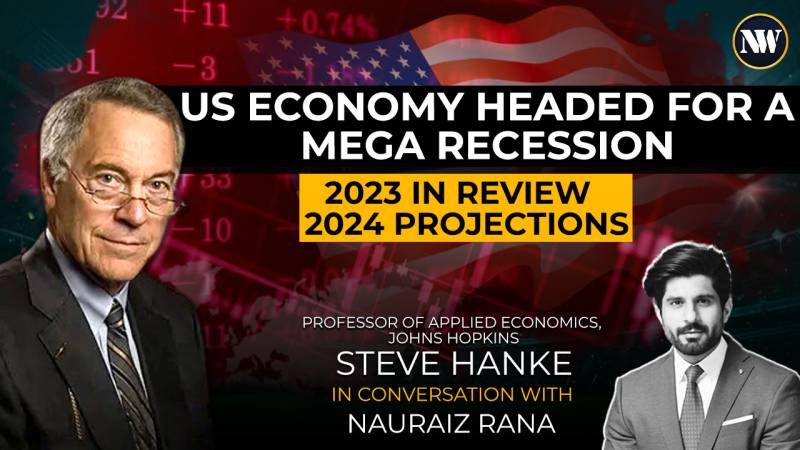Steve Hanke, an American economist and professor of applied economics at Johns Hopkins University, engages in a discussion with Nauraiz Rana regarding the economic performance of the United States as the year 2023 draws to a close.
Since the onset of the COVID-19 pandemic, the U.S. economy has been navigating challenging circumstances. Notably, as the largest economy globally and the second-largest contributor to global trade after China, any developments in the U.S. have a significant cascading effect on other nations. The private sector bore a substantial impact, witnessing layoffs and disruptions in the supply chain. Monthly assessments of economic confidence by Gallup consistently revealed a lack of confidence among the populace.
In response to these challenges, the U.S. government implemented various policy measures. Initially, there was a substantial increase in the money supply, M2, reaching an all-time high of 26.2% in 2021. This surge in money supply led to a 40-year high in inflation, a prediction accurately foreseen by Steve Hanke.
Now, the crucial question arises: How should we anticipate the trajectory of inflation and interest rates as we approach the upcoming year?


